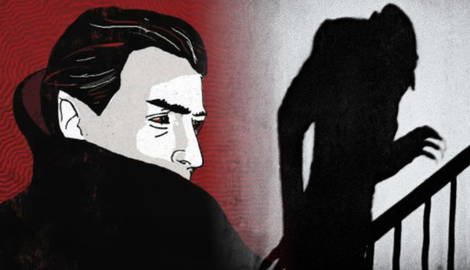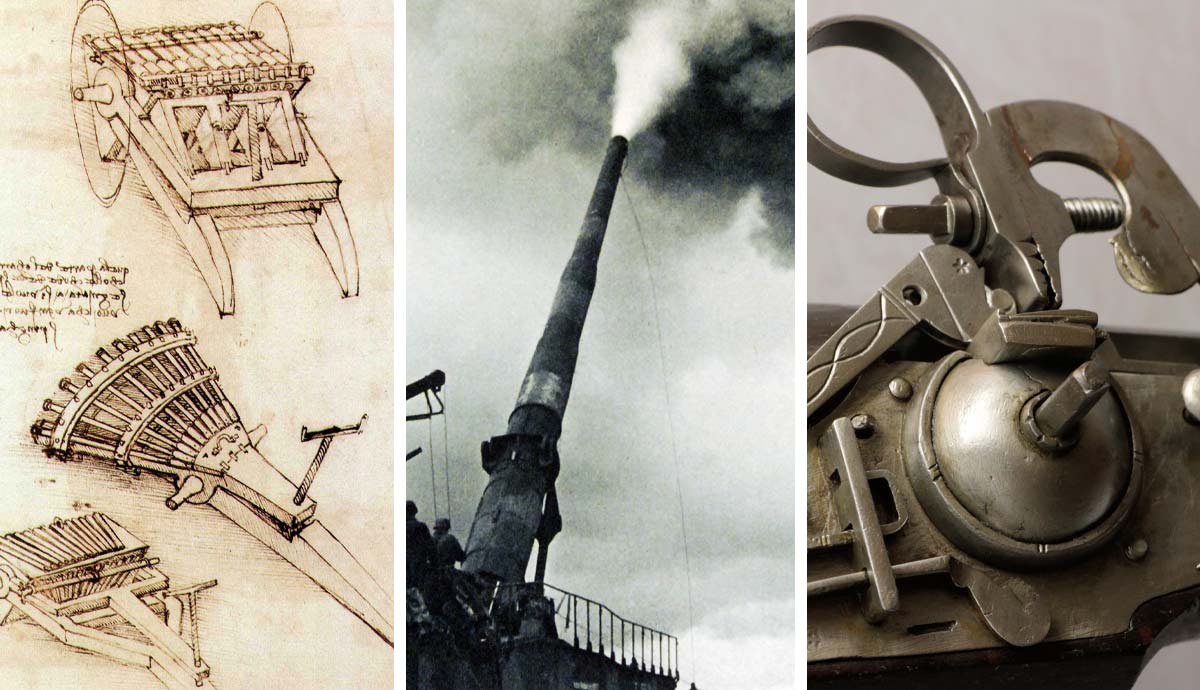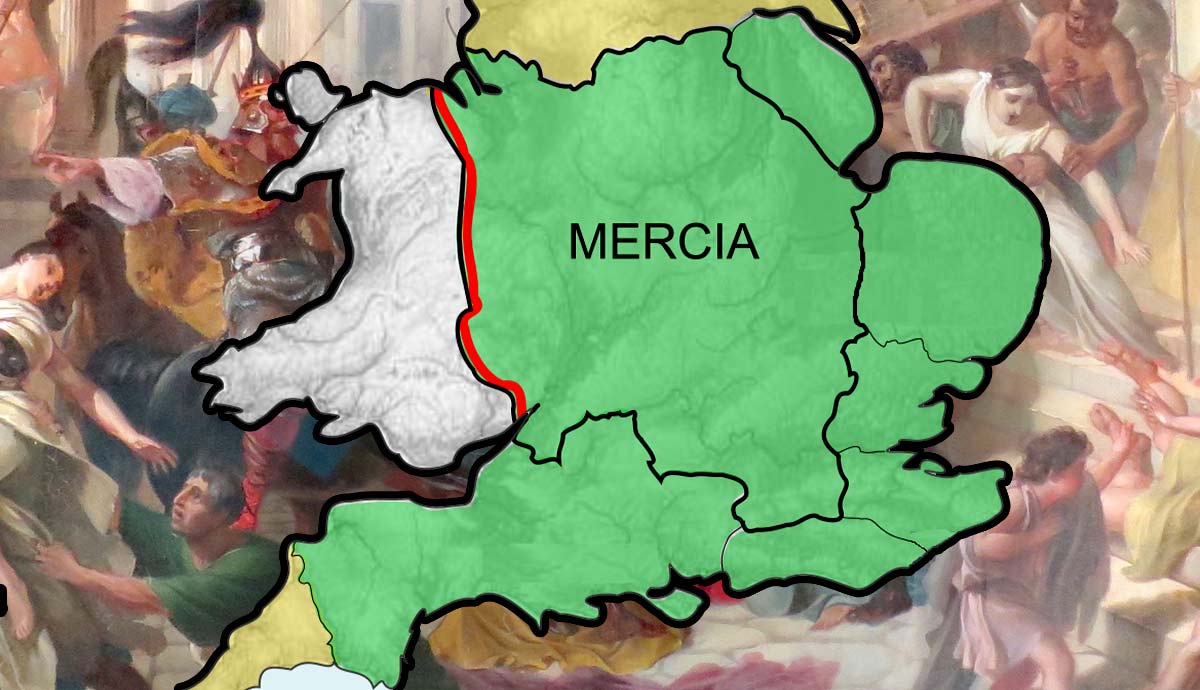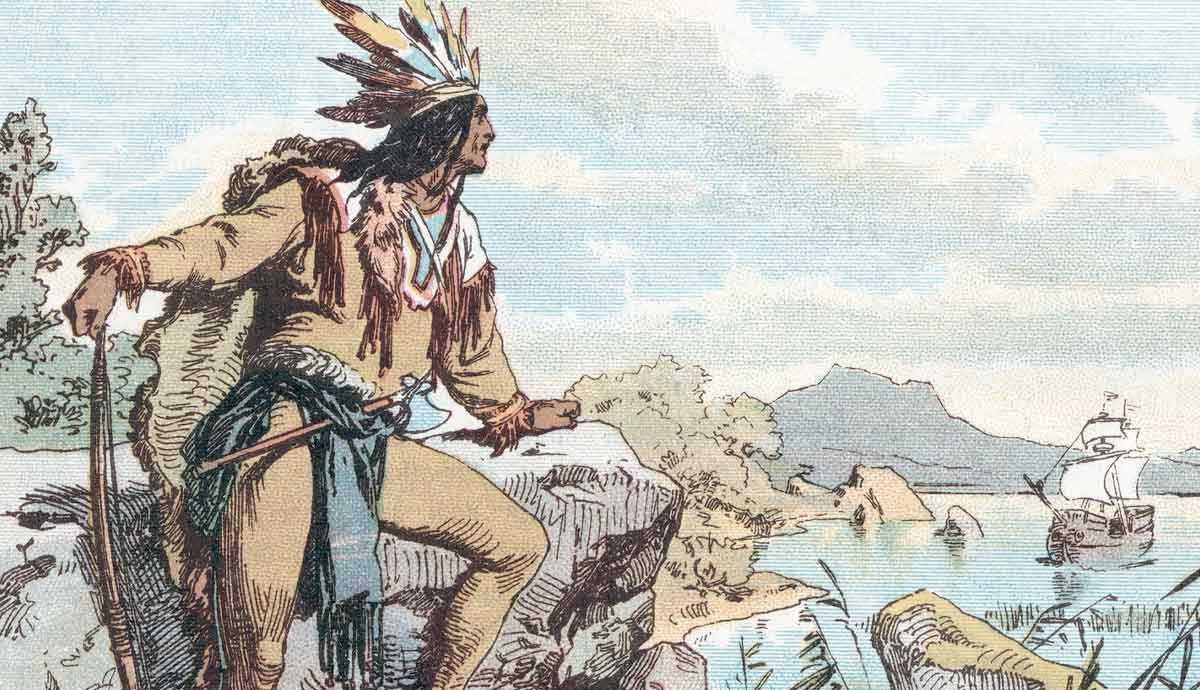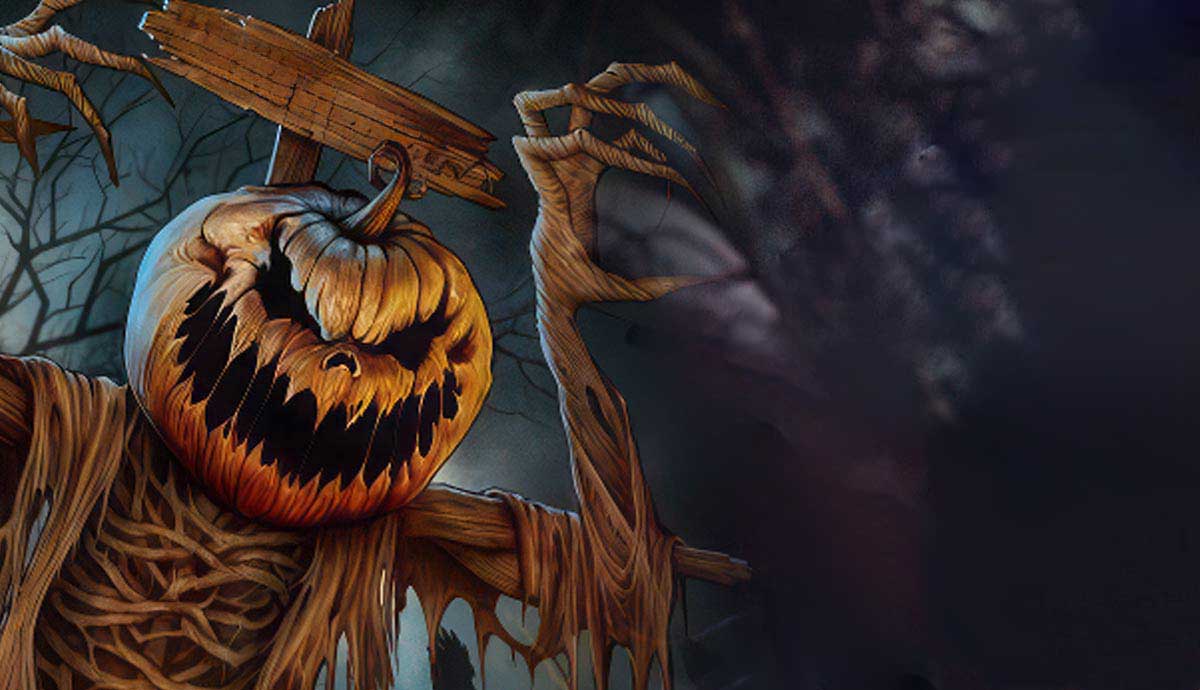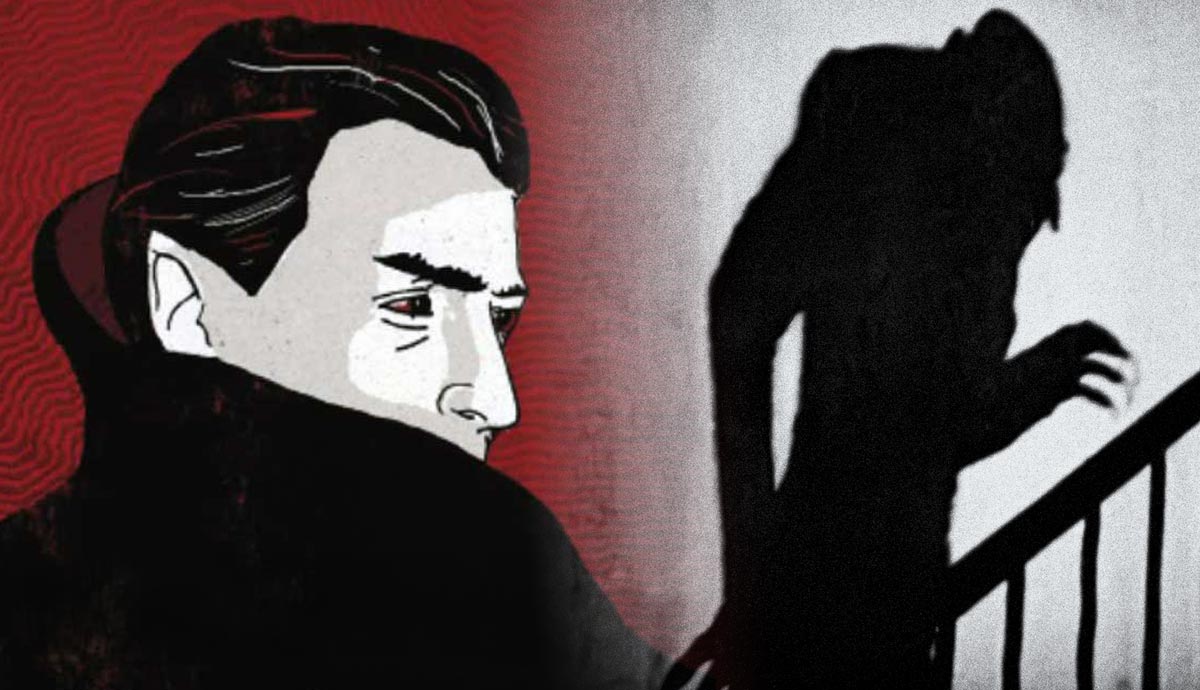
From Bram Stoker’s Count Dracula iteration to the Twilight Saga, (not to mention the countless Halloween costumes every year), vampires are an iconic emblem of the gothic and ghoulish culture that awakens every year during the darkening autumn months. But where did these blood-sucking creatures of the night actually originate? The origins of the vampire myth are more recent than witches and werewolves, but predate Stoker’s classic late 19th century novel, even if his description of vampires has become the classic, benchmark definition we know today. We trace the history of vampires to find out more.
What Role Did Slavic Culture Play?

While the exact origins of the vampire myth have numerous sources, one of the first notions of vampires as threatening undead creatures roaming the night is often traced by academics back to Bulgarian folklore from at least one thousand years ago. The word back then translated to ‘ghost monster’, referencing the Slavic version of vampires as bloodthirsty ghosts that would terrorize villages, causing widespread disease and damage. The word vampire has also been translated to mean ‘devil’, a nod towards the creature’s menacing properties.
When Did Vampires Enter Western History?

When German speaking people of the Holy Roman Empire took charge of Hungary and the Slavic people, the legend of the vampire most likely made its way into the lexicon of Imperial troops. From there, the story seems to have made its way into cities such as Vienna, Berlin, and later Paris and London. Such ideas spread eventually to the Americas. In this new context, the vampire legend mutated into a new form. From ghostly apparition, the vampire instead became an undead corpse, with sharp fangs and a need to consume blood.

The blood-drinking aspect of the vampire myth may relate to the widespread belief that human blood had medicinal properties. Gathered from blood-letting sessions, blood was often consumed as medicine across Europe and the Americas, as treatment for a wide range of ailments ranging from poor eyesight to epileptic fits.
What Were the First Published Vampire Stories?

Among the first surviving texts outlining the vampire are Anglo-Italian physician John Polidori’s novel, titled The Vampire, published in 1819. Polidori brought us the first version of a vampire as a sophisticated, well-turned-out gentleman with a devilish streak and a taste for human blood. In 1872, Irish author Joseph Sheridan Le Fanu’s Carmilla features a female vampire who preys on unsuspecting young women.

Just 80 years later, Bram Stoker’s immensely popular Count Dracula was published in 1897. It is from Stoker’s text that many of the most widespread myths about vampires have come, most notably the image of the deathly pale, impeccably dressed man with white hair and a moustache. Stoker went further, giving his Dracula long fingernails, pointed ears, hairy palms and, of course, the sharp fangs for withdrawing human blood, and transferring his vampiric fate to others. Stoker drew his inspiration for the classic story from various sources, including Slavic folklore, and also possibly Vlad Draculea, also known as Vlad the Impaler.
Did a Rare Blood Disorder Really Inspire Vampires?

According to various academics during the 1980s, a rare blood disorder may have provided us with at least some of the mythology surrounding vampires that would go on to inspire Bram Stoker. The disorder, known as porphyria, which causes the body to produce less heme, has been around for millennia. Symptoms are uncannily similar to those traits we have come to associate with vampires, most notably pale skin, a sensitivity to sunlight, an aversion to garlic, receding gums that gave teeth a fang-like appearance, and red urine, which some associated with drinking blood.
It was thought the so-called ‘vampires’ suffering from the blood disorder were burned at the stake during the Spanish Inquisition, which may well also account for a fear of crucifixes now associated with vampires. Other possible sources for the vampire myth come from misunderstood diseases, including rabies and tuberculosis.
How Do We Define Vampires Today?

Much of the fear surrounding vampires at the time of Bram Stoker have now been abated, and vampires are widely seen to day as fictional, mythological ‘others’ with supernatural powers. The myth continues to persist throughout popular culture, appearing in countless films, television shows, and works of literature. The myth has come to represent our fascination with the gothic, ethereal, and macabre, particularly as the days get colder and the nights draw in.
